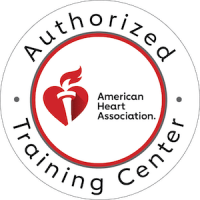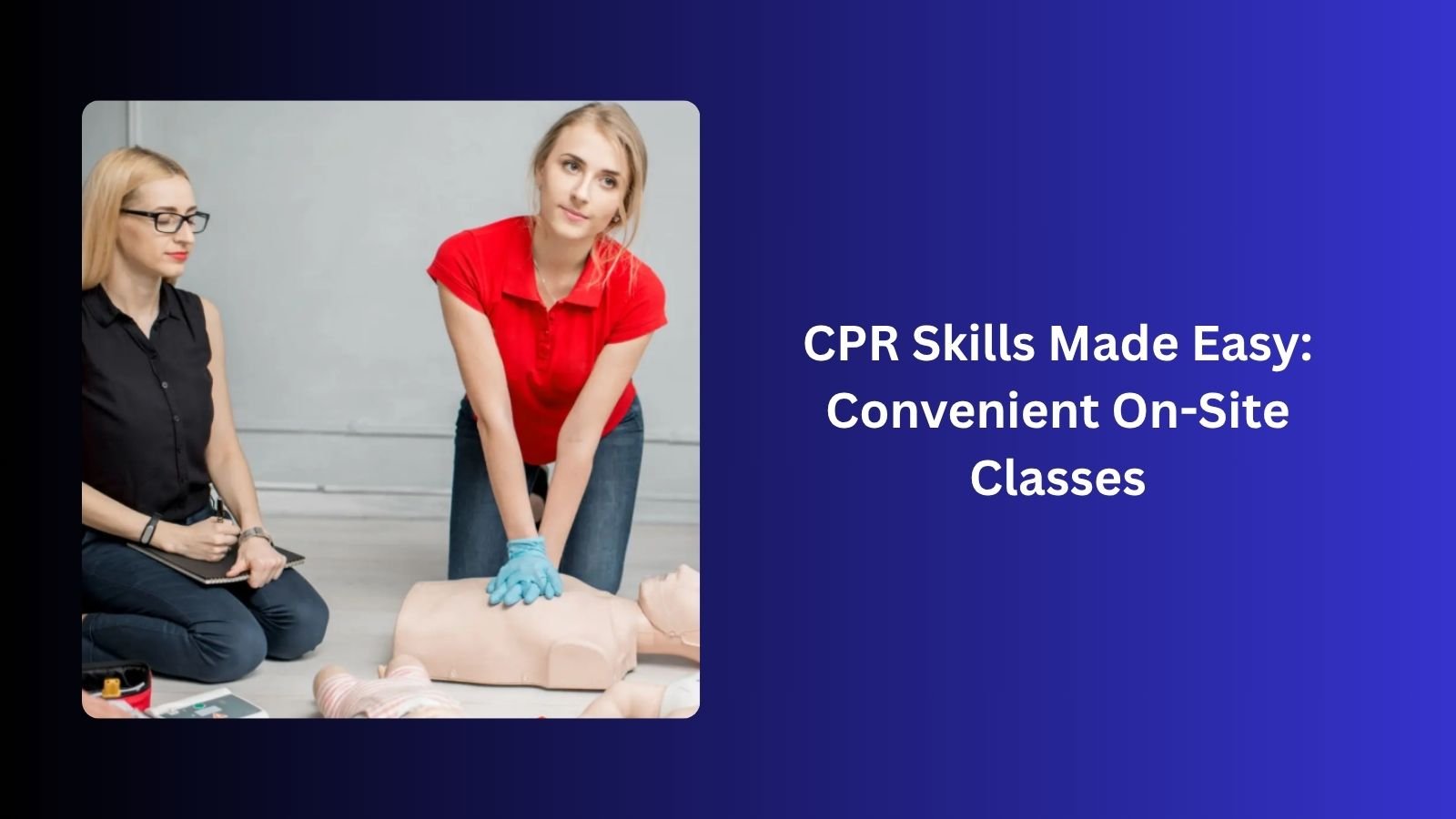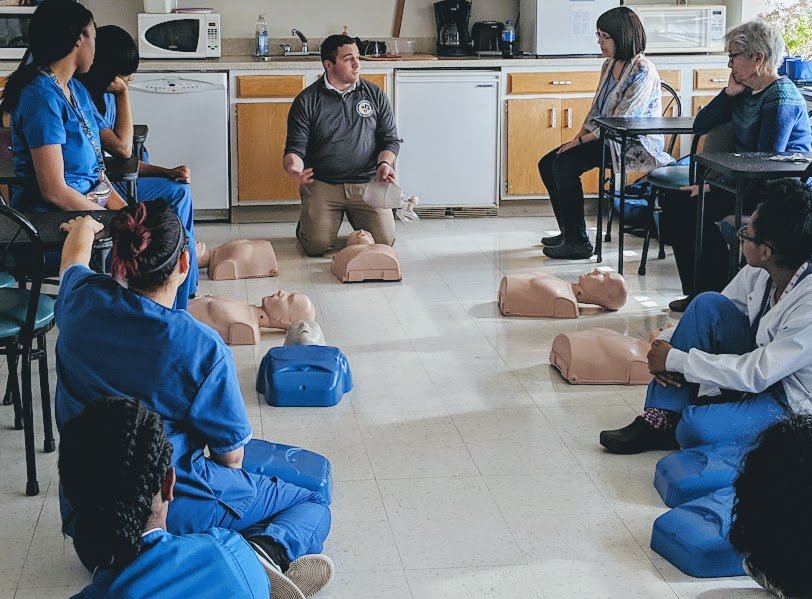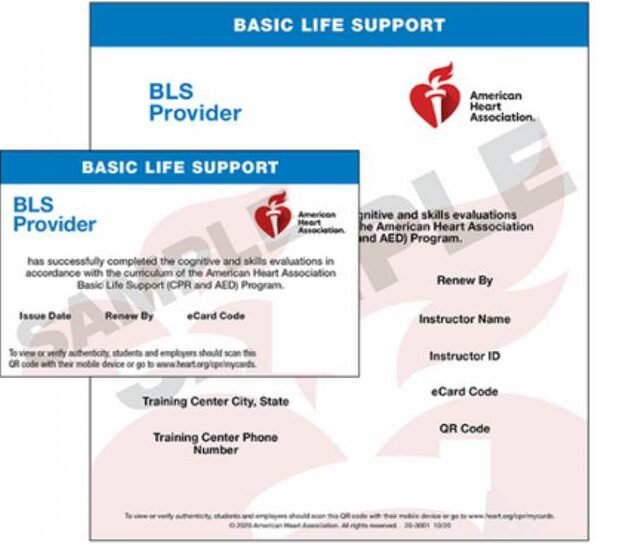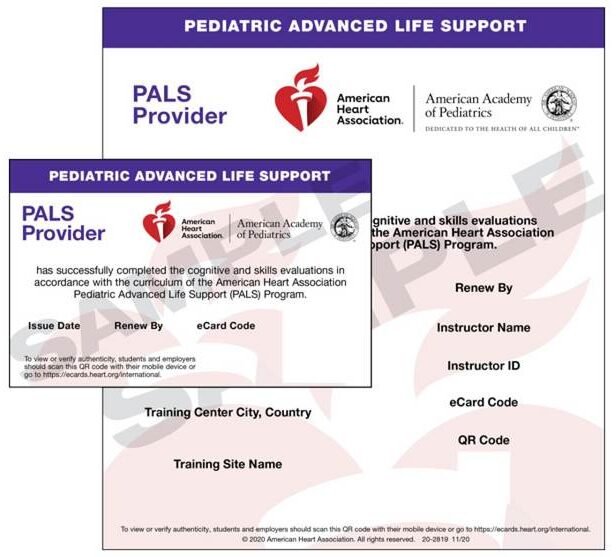When it comes to cardiac emergencies, knowing CPR can save lives. But finding the time and resources to get trained can sometimes feel like a challenge. Whether you’re an individual seeking a convenient CPR class or an organization, from small businesses and schools to large hospitals aiming to implement the life-saving CPR training, on-site CPR classes offer a practical solution. These programs are designed to fit easily into your schedule, offering the flexibility and convenience busy professionals and communities need.
In the sections below, we’ll walk you through the key benefits of on-site CPR training, helping you understand why it’s not just convenient but it’s also one of the most effective and cost-efficient ways to prepare individuals and teams for real-life emergencies.
Why Choose On-Site CPR Training?
Unlike the other conventional CPR training that requires you to travel and get to the training center to learn, which can disrupt your daily workflow, On-site CPR training solves this problem by coming directly to your location, saving you time, money, and stress.
While individuals can also benefit from the convenience of on-site CPR classes, this format is especially effective for businesses, schools, healthcare facilities, and other organizations looking to build a safer, more prepared workplace.
Benefits of On-Site CPR Training
On-site CPR training offers a practical and efficient way to equip individuals and teams with life-saving skills. By bringing a complete training facility directly to your location, it removes common barriers like travel and scheduling while delivering hands-on experience in a familiar setting. Let’s explore the key benefits that make on-site CPR classes a smart choice for workplaces and organizations of all kinds.
1. Saves Time and Boosts Productivity
On-site CPR training eliminates the need to send staff off-site or rearrange work schedules. Instructors come directly to your location and train employees during regular shifts or downtime, reducing disruptions and maximizing participation.
2. Enhances Emergency Preparedness
Cardiac emergencies can happen anywhere, and a quick response can save lives. Having multiple CPR-certified individuals on-site ensures faster reaction times. Many programs also include AED use and basic first aid, offering comprehensive emergency readiness.
3. Promotes a Safer Workplace Culture
When employees are trained in life-saving skills like CPR & First Aid, or AED use, they feel more empowered and prepared. This contributes to a safety-conscious culture, supports compliance with health and safety regulations, and can reduce risks and liabilities.
4. Customizable for Different Industries
Training can be tailored to match the specific needs of your work environment — whether that’s an office, school, construction site, or healthcare facility. This ensures the skills taught are relevant and immediately applicable.
5. Cost-Effective Group Training
On-site classes often save money compared to sending staff individually to external sessions. Plus, our hybrid course (online plus hands-on practice) provides flexible and affordable solutions for busy teams.
Who Should Receive CPR Training?
CPR training isn’t just for medical professionals, it’s an essential skill anyone must have, as it holds the potential to make a life-or-death difference in emergencies. Here’s who should consider the CPR training:
1. Workplace Teams:
Even in low-risk environments like offices, it’s recommended to have at least one CPR-trained employee for every 50 employees, distributed across departments and shifts for optimal coverage.
2. Teachers and School Staff:
Many states now mandate CPR certification for educators, recognizing the importance of being prepared to respond to emergencies involving students.
3. Coaches and Sports Trainers:
In athletic settings, quick action can be crucial. Knowing how to perform CPR can make all the difference during a sudden cardiac event on the field or court.
4. Childcare Providers:
CPR for infants and children involves special techniques. Training is essential for anyone caring for young children in professional or personal settings.
5. Healthcare Workers:
Professionals in healthcare are required to hold certifications like BLS, ACLS, or PALS to ensure they’re prepared for critical situations.
Final Thoughts: Ready for easy and convenient CPR Training?
Don’t wait for an emergency to realize the importance of CPR training. Whether you’re managing a team, running a facility, or just want to be better prepared, on-site CPR classes are a smart, proactive step toward a safer environment. With flexible scheduling, engaging instruction, and real-world scenarios, it’s never been easier to get your group trained and certified in CPR.
Bayside CPR & AED Training Center makes CPR training easy by bringing expert instruction straight to your location, with no travel or hassle, just high-quality, hands-on skills to prepare you for life-threatening emergencies anytime, anywhere. Join us in making a difference and ensuring that life-saving techniques are accessible to everyone. Choose the right program from our wide range of courses, from basic First Aid to CPR, AED, and advanced certifications, and get started today!


